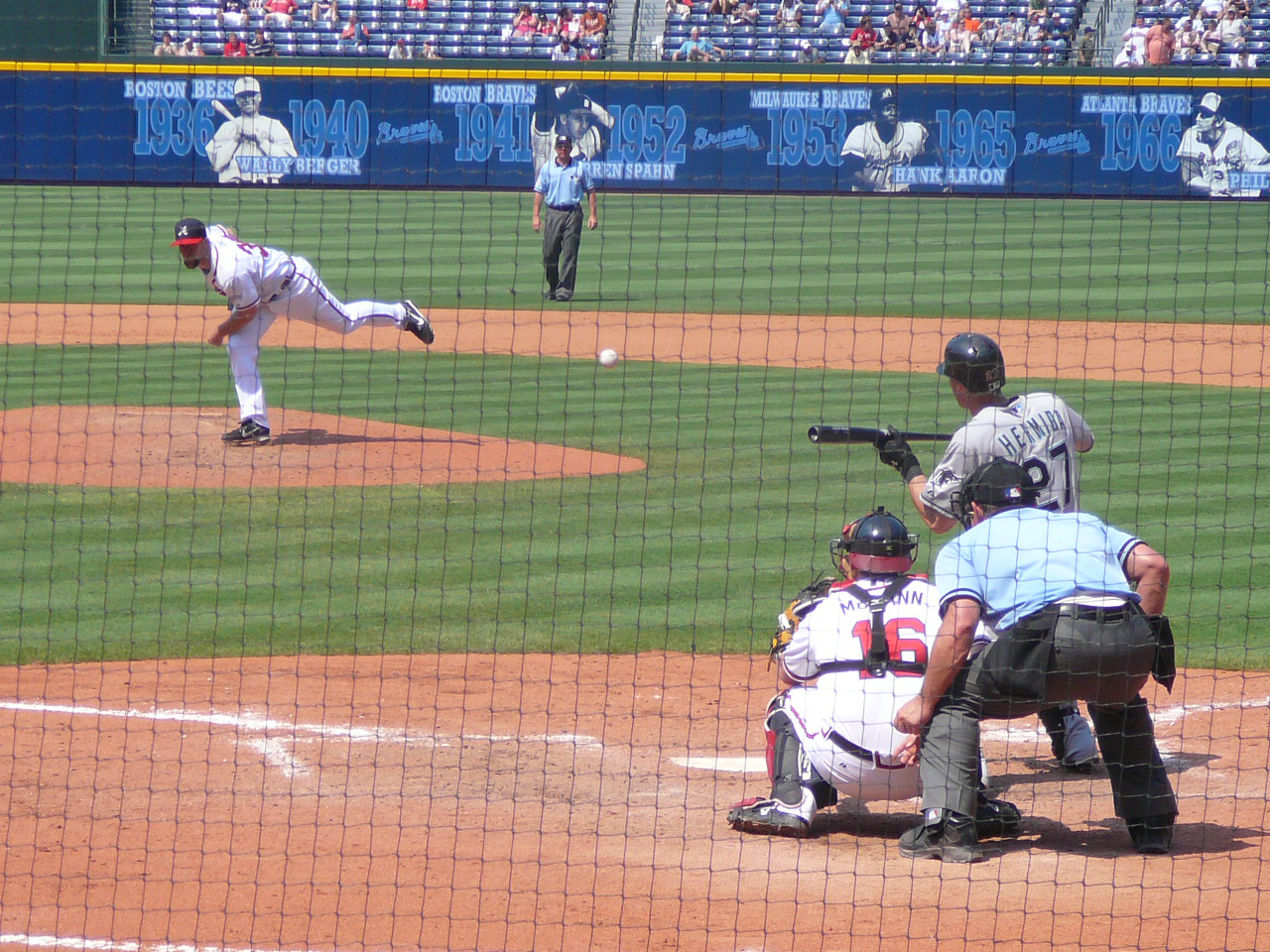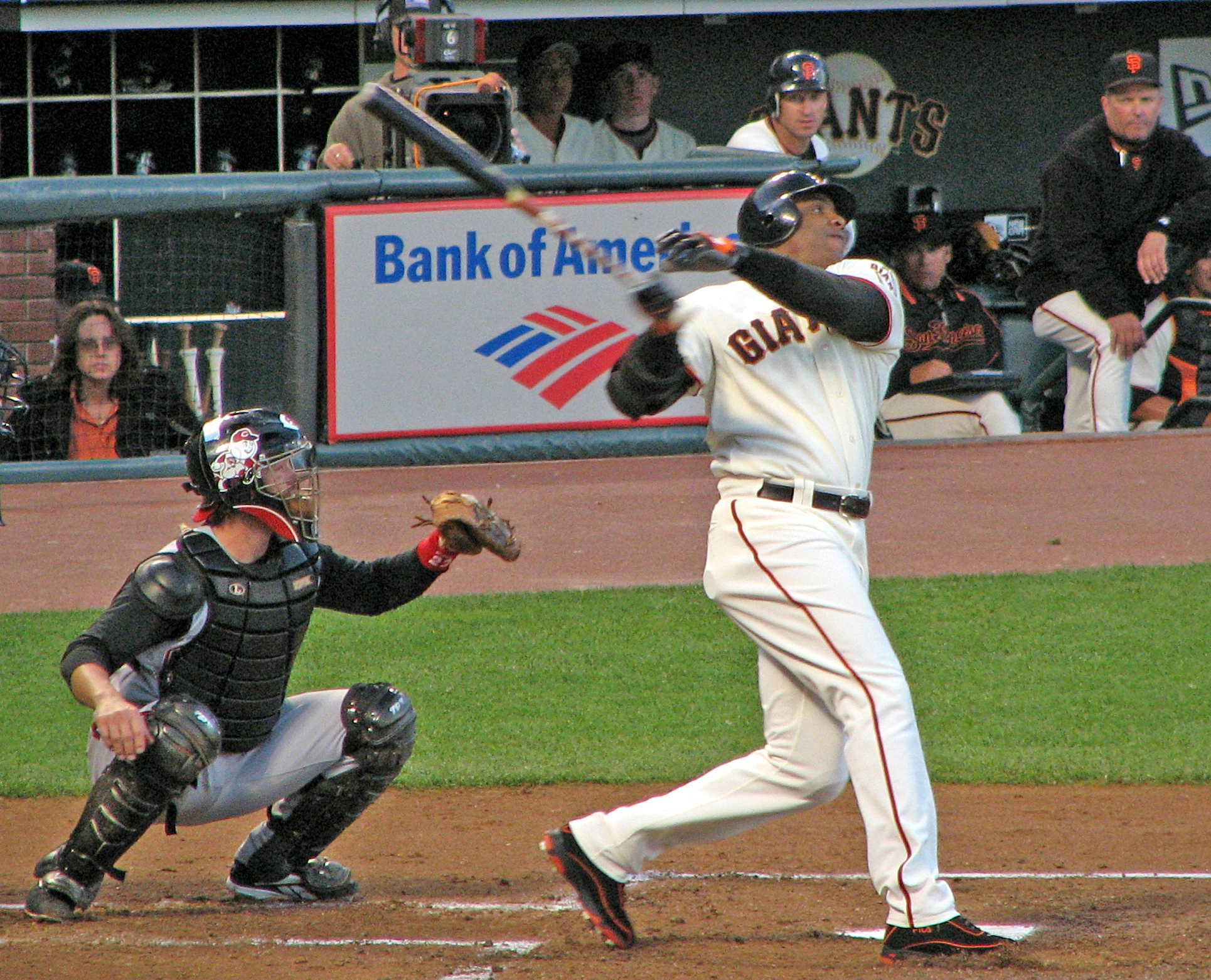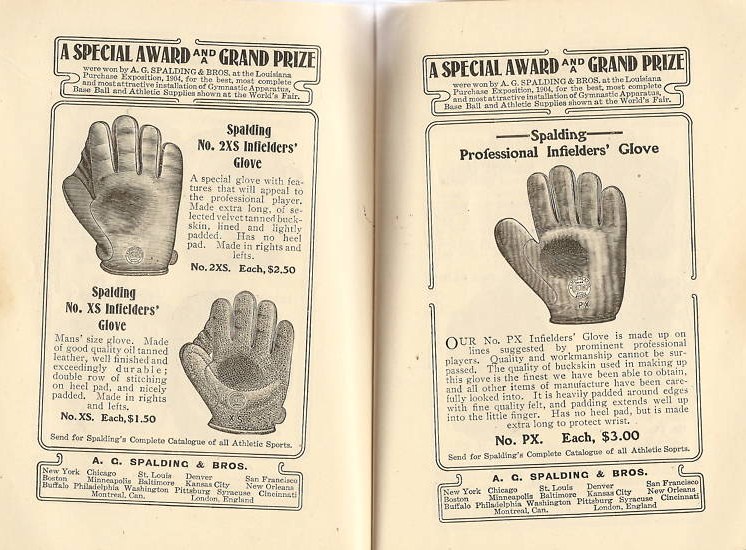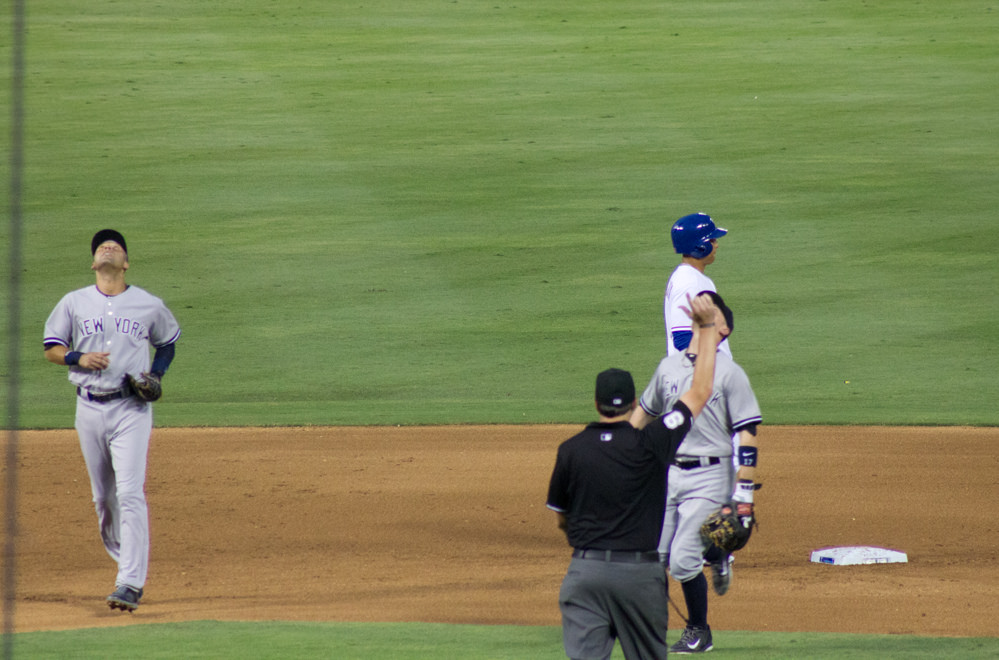|
Knickerbocker Rules
The Knickerbocker Rules are a set of baseball rules formalized by William R. Wheaton and William H. Tucker (baseball), William H. Tucker of the Knickerbocker Base Ball Club of New York, Knickerbocker Base Ball Club in 1845. They have previously been considered to be the Origins of baseball, basis for the rules of the modern game, although this is disputed. The rules are informally known as the "New York City, New York style" of baseball, as opposed to other variants such as the "Massachusetts Game" and "Town ball, Philadelphia town ball". Dispute Modern scholarship has cast doubt on the originality of these rules, as information has come to light about the New York clubs that predated the Knickerbockers, in particular the rules devised by William R. Wheaton for the Gotham Club in 1837. Baseball historian Jeffrey Kittel has concluded that none of the Knickerbocker Rules of 1845 was original, with the possible exception of three-out innings. Nonetheless, the Knickerbocker Rules are ... [...More Info...] [...Related Items...] OR: [Wikipedia] [Google] [Baidu] [Amazon] |
Baseball
Baseball is a bat-and-ball games, bat-and-ball sport played between two team sport, teams of nine players each, taking turns batting (baseball), batting and Fielding (baseball), fielding. The game occurs over the course of several Pitch (baseball), plays, with each play beginning when a player on the fielding team (baseball), fielding team, called the pitcher, throws a Baseball (ball), ball that a player on the batting team (baseball), batting team, called the Batter (baseball), batter, tries to hit with a baseball bat, bat. The objective of the offensive team (batting team) is to hit the ball into the field of play, away from the other team's players, allowing its players to run the Base (baseball), bases, having them advance counter-clockwise around four bases to score what are called "Run (baseball), runs". The objective of the defensive team (referred to as the fielding team) is to prevent batters from becoming Base running, runners, and to prevent runners base running ... [...More Info...] [...Related Items...] OR: [Wikipedia] [Google] [Baidu] [Amazon] |
Bunt (baseball)
A bunt is a batting (baseball), batting technique in baseball or softball, fastpitch softball. Official Baseball Rules define a bunt as follows: "A bunt is a batted ball not swung at, but intentionally met with the bat and tapped slowly within the infield." To bunt, the batter loosely holds the baseball bat, bat in front of home plate and intentionally Batted ball, taps the ball into play. A properly executed bunt will create weak contact with the ball and/or strategically direct it, forcing the infielders to make a difficult defensive play to record an out (baseball), out. Technique The strategy in bunting is to ground the ball into fair territory, as far from the fielders as possible but within the Baseball, infield. This requires not only physical dexterity and concentration, but also an awareness of the baseball fielding positions, fielders' positions in relation to the baserunner or baserunners, their likely reactions to the bunt, and knowledge of the pitcher's most likely pit ... [...More Info...] [...Related Items...] OR: [Wikipedia] [Google] [Baidu] [Amazon] |
William Wheaton
William Rufus Wheaton (May 7, 1814 – September 11, 1888) was an American lawyer and politician. He was also a baseball pioneer.Nucciarone, Monica"William Wheaton" sabr.org. Retrieved June 1, 2012. Personal life Wheaton was born in New York City on May 7, 1814. He practiced law in New York during the 1830s and 1840s. Wheaton married Elizabeth A. Jennings in 1837. The couple had seven children. Their son George Henry Wheaton served in the Civil War and reached the rank of major. Gotham and Knickerbocker Base Ball Clubs During his free time, William Wheaton played base ball (as it was called in its developmental years). He was a founding member and the vice president of the Knickerbocker Base Ball Club in 1845. He served on the Committee of By-Laws with William H. Tucker and helped draft the game's first formal set of rules, which were adopted in September 1845.Nash, Peter J. (2003). Baseball Legends of Brooklyn's Green-Wood Cemetery'. Arcadia Publishing. pp. 11-29. Wheaton als ... [...More Info...] [...Related Items...] OR: [Wikipedia] [Google] [Baidu] [Amazon] |
Ground Rule Double
A ground rule double is a baseball rule that awards two bases from the time of pitch to all baserunners including the batter (baseball), batter-runner, as a result of the ball leaving play after being hit fairly and leaving the field under a condition of the ground rules in effect at the field where the game is being played. An automatic double is the term used to refer to a fairly hit ball leaving the field in circumstances that do not merit a home run, such as when the ball's first bounce was within the field. The automatic double (or rule-book double) is commonly called a ground rule double. Application Major League Baseball (MLB) has a set of universal ground rules that apply at all ballparks, two of which award two bases to the batter and any baserunners: * A batted ball lodged in the roof above fair territory (unless outlined otherwise in the home park ground rules) * Any batted ball in fair territory that, in flight, strikes the facing of a lower wall and then bounds over a ... [...More Info...] [...Related Items...] OR: [Wikipedia] [Google] [Baidu] [Amazon] |
Home Run
In baseball, a home run (abbreviated HR) is scored when the Baseball (ball), ball is hit in such a way that the batting (baseball), batter is able to circle the bases and reach home plate safe (baseball), safely in one play without any error (baseball), errors being committed by the Defense (sports), defensive team. A home run is usually achieved by hitting the ball over the outfield fence between the foul poles (or hitting either foul pole) without the ball touching the Baseball field, field. Inside-the-park home runs where the batter reaches home safely while the baseball is in play on the field are infrequent. In very rare cases, a fielder attempting to catch a ball in flight may misplay it and knock it over the outfield fence, resulting in a home run. An official scorer will credit the batter with a hit (baseball), hit, a Run (baseball), run scored, and a run batted in (RBI), as well as an RBI for each Base running, runner on base. The pitcher is recorded as having given u ... [...More Info...] [...Related Items...] OR: [Wikipedia] [Google] [Baidu] [Amazon] |
Outfield
The outfield, in cricket, baseball and softball is the area of the field of play further from the batsman or batter than the infield. In association football, the outfield players are positioned outside the goal area. In bat and ball games In baseball, softball and cricket, fielders in the outfield have more ground to cover than infielders, but also more time before the ball reaches them. Catches are most likely to arise from shots that have been 'skied' (in cricket) or 'popped ' (in baseball and softball). If a catch is not possible (for example, the ball has bounced, or is rolling or skidding across the turf) the fielder will attempt to head off, pick up and throw in the ball as quickly as possible to reduce the distance the runners can run and hopefully to effect a run out (cricket) or tag out (baseball and softball). In cricket, where the ball is far more likely to stay low against the ground than in baseball or softball, the condition of the turf has a major effect ... [...More Info...] [...Related Items...] OR: [Wikipedia] [Google] [Baidu] [Amazon] |
Kickball
Kickball (also known as soccer baseball in most of Canada and football rounders in the United Kingdom) is a team sport and league game, similar to baseball. Like baseball, it is a safe haven game in which one team tries to score by having its players return a ball from home base to the field and then circle the bases. Meanwhile, the other team tries to stop them by tagging them "out" with the ball before they can return to home base. However, instead of hitting a small, hard ball with a bat, players kick an inflated rubber ball; this makes it more accessible to young children. As in baseball, teams alternate half-innings. The team with the most runs after a predefined number of innings wins. Kickball is typically played among young, school-age children, both as a playground game and as part of physical education (PE). The lack of both specialized equipment and highly skill-based positions (like the pitcher) makes the game an accessible introduction to related sports such ... [...More Info...] [...Related Items...] OR: [Wikipedia] [Google] [Baidu] [Amazon] |
Baseball Glove
A baseball glove or mitt is a large glove worn by baseball players of the defending team, which assists players in catching and fielding balls hit by a Batter (baseball), batter or thrown by a teammate. Gloves are traditionally made of leather; but today other options exist, such as PVC and synthetic leather. By convention, the glove is described by the handedness of the intended wearer, rather than the hand on which the glove is worn: a glove that fits on the left hand—used by a right-handed thrower—is called a ''right-handed'' (RH) or "right-hand throw" (RHT) glove. Conversely, a left-handed glove (LH or LHT) is worn on the right hand, allowing the player to throw the ball with the left hand. History Early baseball was a game played without gloves. During the gradual transition to gloves, a player who continued to play without one was called a ''barehanded catcher;'' this did not refer to the position of catcher, but rather to the practice of catching with bare hands. The ... [...More Info...] [...Related Items...] OR: [Wikipedia] [Google] [Baidu] [Amazon] |
Fair Ball
In baseball, a fair ball is a batted ball that entitles the batter to attempt to reach first base. By contrast, a foul ball is a batted ball that does not entitle the batter to attempt to reach first base. Whether a batted ball is fair or foul is determined by the location of the ball at the appropriate reference point, as follows: * if the ball leaves the playing field without touching anything, the point where the ball leaves the field; * otherwise, if the ball first lands past first or third base without touching anything, the point where the ball lands; * otherwise, if the ball rolls or bounces past first or third base without touching anything other than the ground, the point where the ball passes the base; * otherwise, if the ball touches anything other than the ground (such as an umpire, a player, or any equipment left on the field) before any of the above happens, the point of such touching; * otherwise, (the ball comes to a rest before reaching first or third base), the p ... [...More Info...] [...Related Items...] OR: [Wikipedia] [Google] [Baidu] [Amazon] |
Base On Balls
A base on balls (BB), better known as a walk, occurs in baseball when a batter receives four pitches during a plate appearance that the umpire calls '' balls'', and is in turn awarded first base without the possibility of being called out. The base on balls is defined in Section 2.00 of baseball's Official Rules, and further detail is given in 6.08(a). Despite being known as a "walk", it is considered a faux pas for a professional player to actually walk to first base; the batter-runner and any advancing runners normally jog on such a play. The term "base on balls" distinguishes a walk from the other manners in which a batter can be awarded first base without liability to be put out (e.g., hit by pitch (HBP), catcher's interference). Though a base on balls, catcher's interference, or a batter hit by a pitched ball all result in the batter (and possibly runners on base) being awarded a base, the term "walk" usually refers only to a base on balls, and not the other methods of r ... [...More Info...] [...Related Items...] OR: [Wikipedia] [Google] [Baidu] [Amazon] |
Strike Zone
In baseball, the strike zone is the area of space through which a pitch must pass in order to be called a strike even if the batter does not swing. The strike zone is defined as the volume of space above home plate and between the batter's knees and the midpoint of his torso. Whether a pitch passes through the zone is decided by an umpire, who is generally positioned behind the catcher. Strikes are desirable for the pitcher and the fielding team, as three strikes result in a strikeout of that batter. A pitch that misses the strike zone is called a ball if the batter does not swing at it. Balls are desirable for the batter and the batting team, as four balls allow the batter to take a "walk" to first base as a base on balls. Definition The strike zone is a volume of space, a vertical right pentagonal prism. Its sides are vertical planes extending up from the edges of home plate. The official rules of Major League Baseball define the top of the strike zone as the midpoi ... [...More Info...] [...Related Items...] OR: [Wikipedia] [Google] [Baidu] [Amazon] |
Infield Fly
The infield fly rule is a Sport rule, rule of baseball and softball that treats certain Fly ball (baseball), fly balls as though caught, before the ball is caught, even if the infielder fails to catch it or drops it on purpose. The Umpire_(baseball), umpire's declaration of an infield fly means that the batter is out (and all Force play, force plays are removed) regardless of whether the ball is caught. The rule exists solely to prevent the defense from executing a double play or triple play by deliberately failing to catch a ball that an infielder could catch with ordinary effort. Reasoning A ball batted into the air subjects baserunners to a dilemma. If the ball is caught, they must return to their original base; if it is not caught, the batter becomes a runner and existing runners are Force play, forced to advance to the next base if all bases between them and the (now running) batter are occupied. Baserunners study the fielder and advance only far enough from the base to ensure ... [...More Info...] [...Related Items...] OR: [Wikipedia] [Google] [Baidu] [Amazon] |







